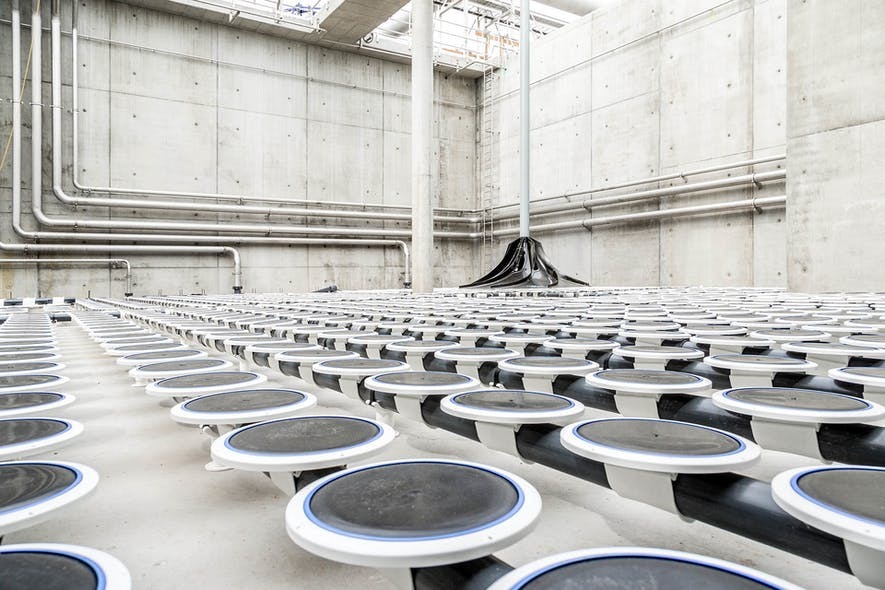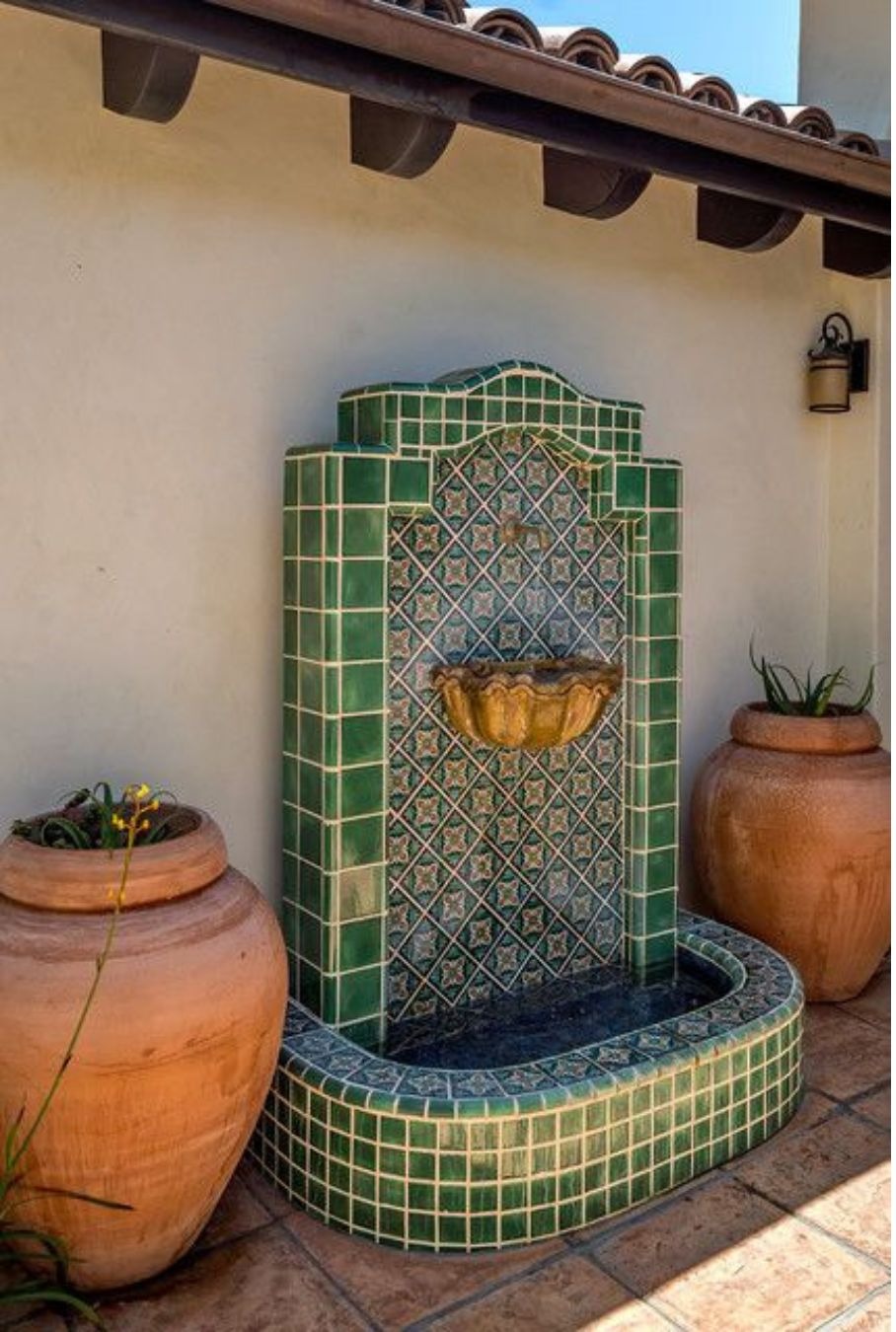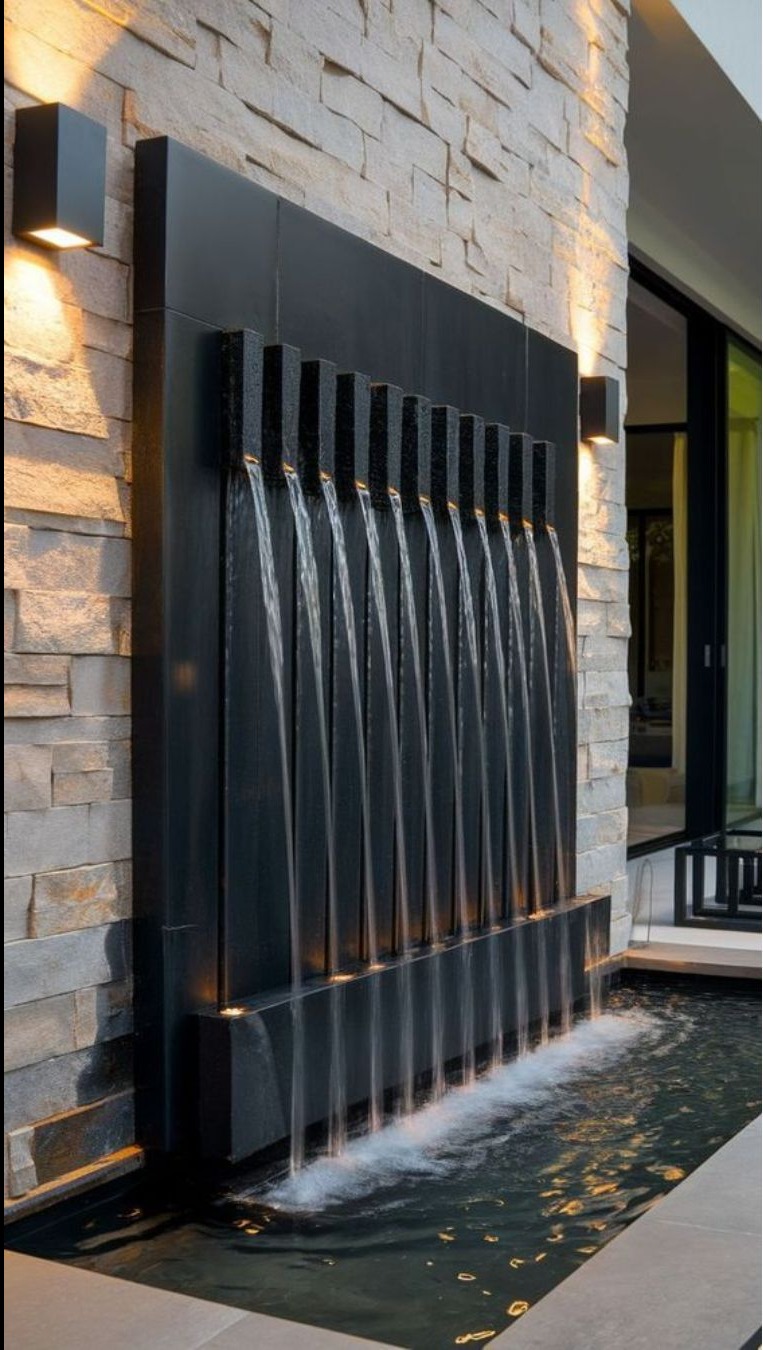
Disc diffusers are the state-of-the art solution in aeration basins for municipal and light industrial wastewater. The disc diffuser pictured here offers durable EPDM membranes and high efficiency.
Air is one of the most important elements used in wastewater treatment processes. Activated sludge systems require proper aeration of the wastewater to ensure the biological decomposition of organic compounds. However, while air costs nothing, the systems required to deliver it can account for 50% to 90% of the energy consumption of a plant. Therefore, the decisions made with respect to this equipment can have a significant impact on running costs.
The combination of energy intensity and process importance means the selection, specification and operation of aeration technologies are key decisions in wastewater system design. The best solution depends upon multiple factors, including the variability of system demand and the geometry of the wastewater treatment vessel. Industrial treatment systems, for example, are often designed to manage relatively stable waste flows, while municipal sites must cope with daily and seasonal demand peaks. Facilities with a lot of space available may treat their wastewater in large ponds or ditches. Where space is at a premium, deeper tanks are often preferred.
Keywords
lot
Air
state
space
daily
plant
premium
respect
example
ditches
geometry
equipment
operation
selection
Facilities
variability
combination
large ponds
art solution
deeper tanks
best solution
key decisions
specification
running costs
system demand
Disc diffusers
proper aeration
municipal sites
high efficiency
aeration basins
energy intensity
multiple factors
organic compounds
significant impact
important elements
stable waste flows
process importance
energy consumption
aeration technologies
seasonal demand peaks
durable EPDM membranes
wastewater system design
Activated sludge systems
biological decomposition
wastewater treatment vessel
light industrial wastewater
Industrial treatment systems
wastewater treatment processes




